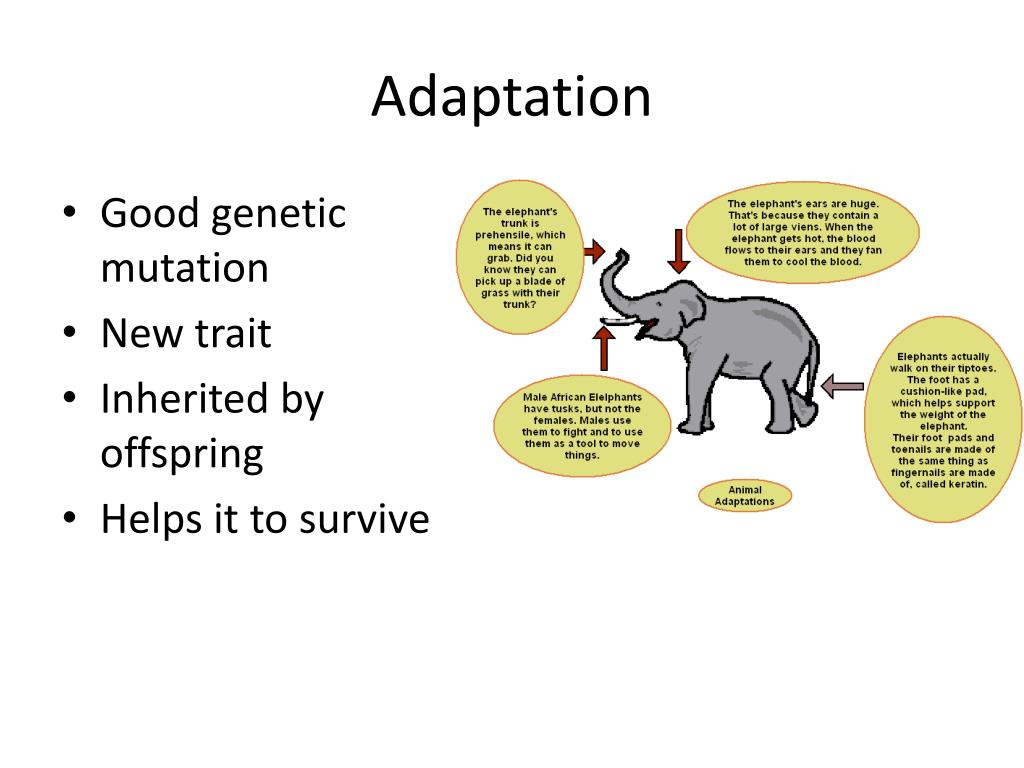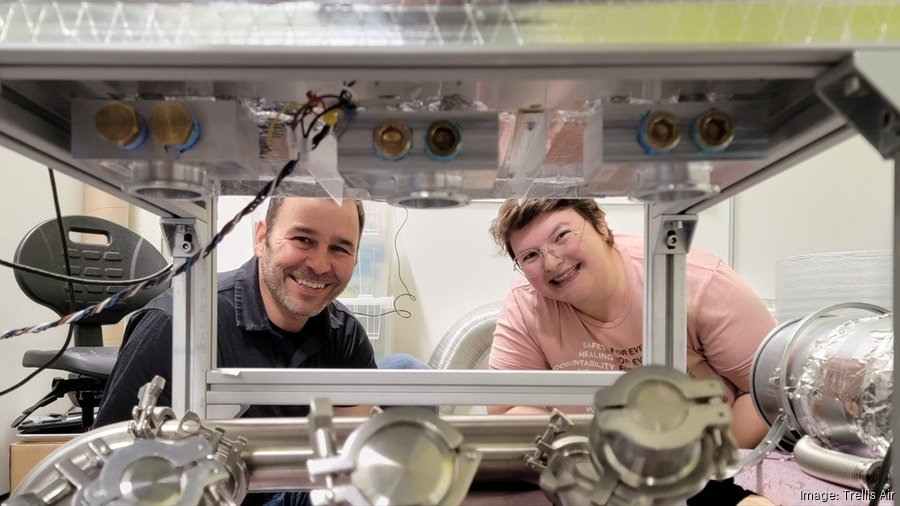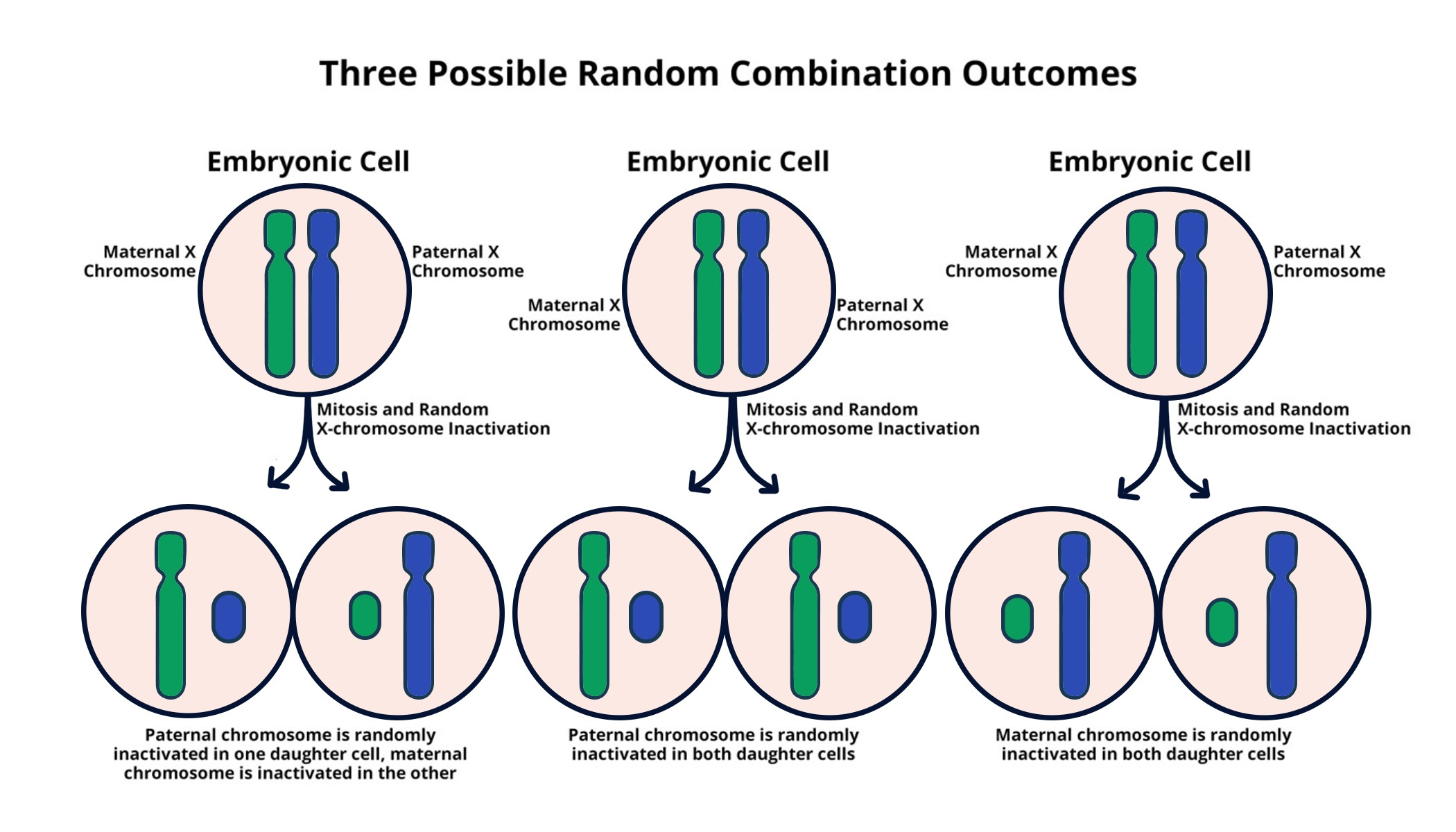Genetic adaptation plays a crucial role in the survival and evolution of species, as exemplified by groundbreaking research on the house finch. This small bird, a common sight in backyards across America, has been found to possess unique genetic traits that enhance its disease resistance, thanks to a significant DNA inversion revealed by a recent pangenomic study. Conducted by Bohao Fang, this innovative research delves deep into evolutionary biology, uncovering how the house finch has adapted over time to combat infections. By analyzing extensive genomic data, Fang’s work highlights the fascinating mechanisms behind genetic adaptation, providing insights into how species dynamically evolve in response to environmental challenges. Such studies not only broaden our understanding of avian genome evolution but also shed light on potential genetic responses to diseases in other animals, including humans.
The concept of genetic adaptation refers to the evolutionary process through which organisms change over generations to better fit their environments. In the context of birds, particularly the often-overlooked house finch, scientists are uncovering significant adaptations that may enhance their resilience against various diseases. A recent study utilized a pangenomic approach, which involves examining a broad spectrum of genetic information, allowing researchers to identify large-scale structural variations such as DNA inversions. This method represents a significant leap forward in evolutionary biology, as it helps illuminate how specific genetic traits contribute to an organism’s overall fitness. By exploring these adaptations, researchers gain valuable insights into the dynamics of natural selection and disease resistance in wildlife.
Understanding Genetic Adaptation in House Finches
Genetic adaptation in house finches exemplifies how species can evolve over time to better navigate their environments. As shown in the recent pangenomic study, house finches have undergone significant genetic changes, which have led to an increased resistance to diseases. This resilience is attributed to a major DNA inversion, a structural variation that restructures the genetic code. Such adaptations are vital for the survival of species in changing ecosystems, particularly as they encounter new pathogens that threaten their health.
The research carried out by Bohao Fang underscores the significance of using a pangenomic approach to study genetic adaptation. By examining broader segments of DNA rather than focusing solely on individual genes, scientists can attain a holistic view of how genetic variations contribute to the evolutionary process. This method unveils essential long-term adaptations, allowing researchers to understand the mechanisms behind disease resistance in house finches and other organisms more deeply.
The Role of Pangenomics in Evolutionary Biology
Pangenomics is revolutionizing the field of evolutionary biology by providing a more comprehensive framework for analyzing genetic diversity within species. This approach involves sequencing the genomes of multiple individuals, which creates a pangenome—a composite representation of all genetic variations within a species. For house finches, this method has been transformative, facilitating the identification of significant genetic structures such as the DNA inversion that contributes to disease resistance. It highlights how evolution can happen in real-time, especially in response to environmental pressures.
Moreover, pangenomic studies like Fang’s exemplify a shift in how researchers approach genetic research. Instead of relying on a single reference genome, the pangenome offers a fuller picture of genetic adaptability. This broader perspective can lead to discoveries that might remain hidden under traditional genomic methods, thereby enriching our understanding of evolutionary processes. It exemplifies how different strains of the same species may respond differently to pathogens and environmental changes, informing conservation strategies and elucidating the principles of natural selection.
Uncovering Disease Resistance Mechanisms
Understanding the underlying mechanisms of disease resistance through genetic studies has become increasingly important, especially in the wake of global health crises such as COVID-19. The house finch’s adaptation to a conjunctivitis-causing pathogen provides critical insights into how wild populations develop immunity. By analyzing genetic samples collected over several years, researchers like Bohao Fang elucidate how these birds have evolved specific traits that enhance their survival rates when facing infections.
At the heart of these investigations lies the principle of structural variation, which involves larger genetic changes that can significantly influence an organism’s fitness. The identification of a DNA inversion in house finches is a pivotal finding that could inspire future research on disease resistance in other species, including humans. As biologists delve further into evolutionary genetics, the study of house finches serves as a model for understanding the intricate dance between hosts and pathogens in natural settings.
Implications for Future Research in Evolutionary Genetics
The findings from the house finch study hold profound implications for future research in evolutionary genetics. As scientists embrace the pangenomic approach, there is potential to unlock new pathways in understanding how various species, including humans, adapt to disease threats. Bohao Fang’s research sets a precedent for examining not just the genetic material of individuals but the dynamic interplay among populations in relation to environmental challenges.
By comparing genetic adaptations across species, researchers can develop predictive models of disease resistance that inform public health strategies. Additionally, studying the evolutionary responses of the house finch to historical and current pathogens enlightens our grasp of microbial evolution and host-pathogen interactions, fostering a broader comprehension of biodiversity’s role in resilience against infectious diseases.
Structural Variation and Its Evolutionary Significance
Structural variation, such as the DNA inversion identified in house finches, plays a critical role in evolutionary biology. Variants of this nature can be essential for adapting to new environmental pressures, especially diseases. They provide a blueprint for how genetic changes can lead to enhanced survival capabilities. In the case of house finches, this structural variation has contributed to their ability to resist common diseases, thereby influencing their population dynamics and overall health.
Additionally, understanding the significance of these structural changes can shine a light on conservation efforts. If specific variations confer resistance against severe pathogens, conserving genetic diversity within populations becomes crucial. This knowledge can inform breeding programs and conservation strategies aimed at ensuring the survival of species facing ecological challenges, further highlighting the importance of studying genetic adaptation in natural populations.
Evolutionary Adaptations in Response to Environmental Change
Evolutionary adaptations are often a direct consequence of changes in the environment, as species must respond to new challenges to survive. The house finch has demonstrated remarkable adaptability, showcasing how genetic factors allow for survival amidst evolving threats. Their experience with a bacterial pathogen that emerged in 1994 serves as an illustration of how environmental changes can trigger genetic adaptations over time.
By employing pangenomic studies, researchers can better understand the timeline and mechanisms through which species adapt. This is critical for comprehending the ongoing impacts of climate change, habitat destruction, and pandemics on biodiversity. The case study of house finches serves as a microcosm of broader evolutionary processes, emphasizing that to thrive in a rapidly changing world, animals must continuously adapt at the genetic level.
The Interplay of Hosts and Pathogens in Evolution
The relationship between hosts and pathogens is a fundamental aspect of evolutionary biology, shaping the genetic landscape of affected populations. The examination of house finches illustrates this complex interplay, whereby exposure to a disease-causing bacterium led to noticeable genetic adaptations over time. Understanding this dynamic can reveal critical insights into how diseases emerge and impact wildlife, as well as how these populations develop resistance.
Furthermore, the results of studies on house finches can extend beyond ornithology, contributing to a broader understanding of host-pathogen interactions across various ecosystems. By analyzing how different species respond to the same pathogens, researchers can piece together the evolutionary narratives that guide survival strategies and genetic adaptations. This evidence supports the idea that studying model organisms can lead to significant breakthroughs in our understanding of disease resistance in animals, including potential applications to human health.
Harnessing Genetic Insights for Conservation Efforts
The insights gained from the genetic study of house finches can significantly inform conservation efforts, particularly in the face of emerging diseases. Understanding the genetic factors that contribute to disease resistance offers valuable information for managing wildlife populations. If certain genetic markers indicate heightened resistance to diseases, conservationists can prioritize the preservation of those individuals within a population to bolster the overall resilience of a species.
Additionally, these genetic insights can guide breeding programs aimed at enhancing disease resistance in vulnerable species. As wildlife faces increasing threats from habitat loss and climate change, such strategies may prove essential for maintaining biodiversity. By leveraging the genetic adaptability evidenced in house finches, conservationists have an opportunity to design informed intervention strategies that can better protect species at risk.
Exploring the Genetic Landscape: Tools of Evolutionary Biology
Advancements in sequencing technology and genomic analysis have significantly enhanced our understanding of evolutionary biology. Tools that enable pangenomic studies allow scientists to explore the entire genetic landscape of a species, facilitating new insights into how genetic diversity contributes to adaptations like disease resistance. House finches serve as a prime example of how cutting-edge techniques can unravel complex genetic interactions that influence survival in changing environments.
Moreover, the integration of these genomic tools into evolutionary studies not only enriches our knowledge of specific organisms but also lays the foundation for exploring genetic adaptation across a variety of species. By employing these methodologies, researchers can gain a comprehensive view of how organisms adapt to their environments while ensuring that significant variations essential for survival are recognized and understood.
Frequently Asked Questions
What is genetic adaptation in house finches and how does it relate to disease resistance?
Genetic adaptation in house finches refers to the evolutionary changes that enable these birds to better survive and thrive in their environments. Notably, recent studies have shown that a significant DNA inversion in house finches has contributed to their resistance to certain diseases, such as those caused by conjunctivitis pathogens. This adaptation showcases how genetic changes can lead to enhanced survival against infectious diseases.
How does pangenomic research enhance our understanding of genetic adaptation?
Pangenomic research offers a comprehensive view of genetic adaptation by analyzing the genomes of multiple individuals within a species, like house finches. This approach exposes structural variations, including DNA inversions, that may play crucial roles in adaptation. By examining a broader spectrum of genetic data, researchers can uncover previously hidden factors that contribute to disease resistance and other evolutionary traits.
What role does DNA inversion play in the evolutionary biology of house finches?
DNA inversion is a significant structural variation that affects how genes are organized and expressed in an organism’s genome. In house finches, specific DNA inversions have been linked to their resistance to diseases. This demonstrates how such genetic alterations can lead to adaptive traits in response to environmental pressures, an essential focus within evolutionary biology.
In what ways can studying house finches provide insights into genetic adaptation to pathogens?
Studying house finches allows researchers to observe real-time genetic adaptations in response to pathogens. For instance, the house finch’s genetic response to infectious diseases, such as the bacterial conjunctivitis outbreak, illustrates how species can evolve over generations. This research helps scientists understand the mechanisms of disease resistance and potential responses in other animals, including humans.
Why is the pangenomic approach important for understanding evolutionary changes in house finches?
The pangenomic approach is vital for understanding evolutionary changes in house finches because it captures genetic diversity more accurately than traditional methods. By analyzing a larger genetic framework, researchers can identify significant structural variations, such as DNA inversions, that are crucial for adaptive responses to diseases. This comprehensive view leads to greater insights into how species adapt over time.
| Key Aspect | Details |
|---|---|
| Study Focus | Genetic adaptation in the house finch. |
| Research Method | Pangenomic study using advanced sequencing to analyze genetic variation. |
| Key Findings | Discovery of a major DNA inversion linked to disease resistance. |
| Ecological Importance | House finch serves as a model for studying host-pathogen interactions. |
| Evolutionary Insight | Shows how species can evolve resistance to diseases without vaccines. |
Summary
Genetic adaptation is a fascinating process that illustrates how species evolve over time in response to environmental challenges, such as diseases. The study of the house finch has provided groundbreaking insights into the mechanisms of genetic adaptation, highlighting the significance of structural changes in DNA that enhance resistance to pathogens. By employing advanced pangenomic techniques, researchers can better understand how various species, including humans, may adapt to infectious diseases in the future. This study underscores the importance of integrating extensive genetic data to uncover evolutionary strategies that facilitate survival in changing environments.







